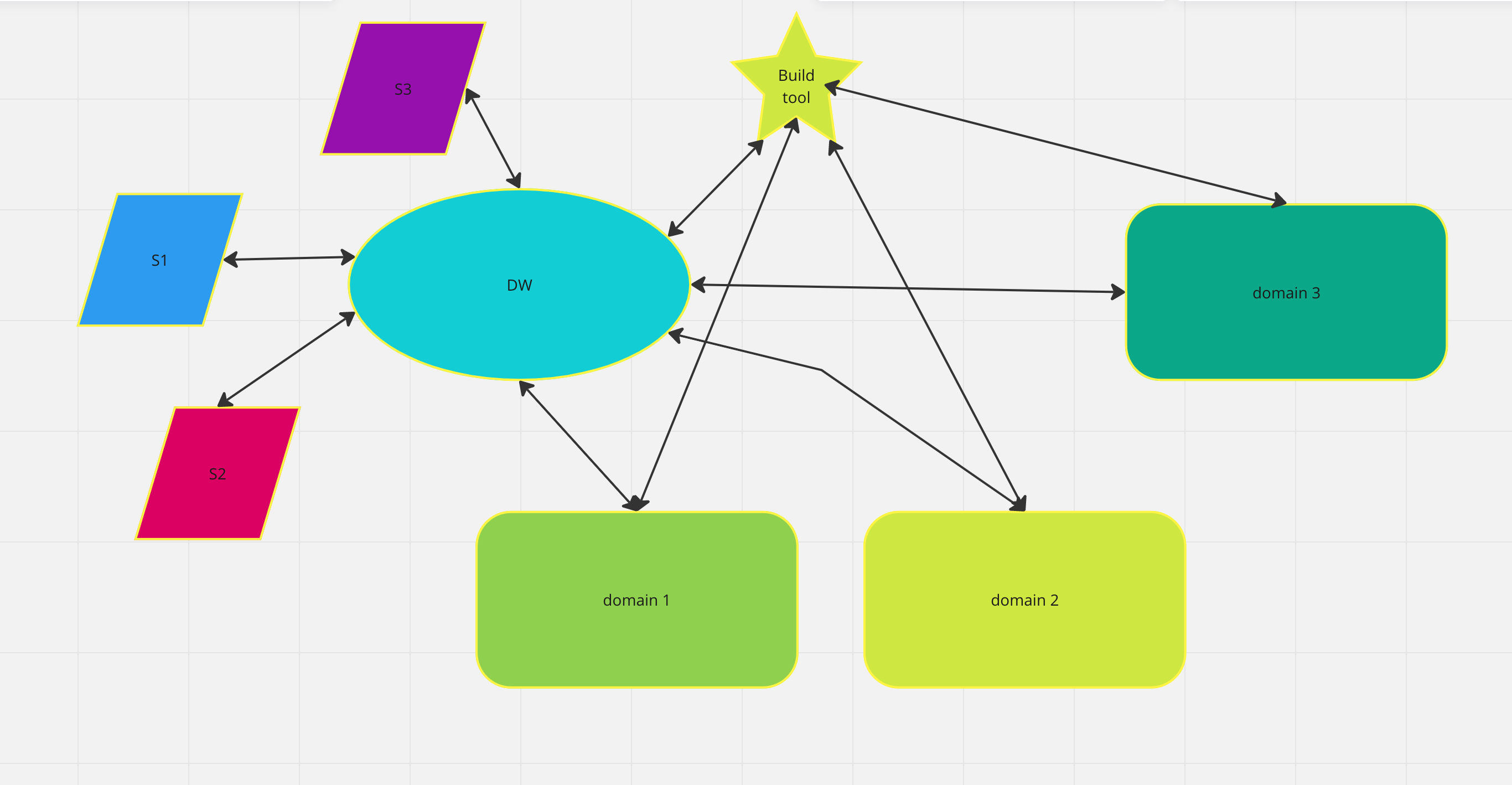“We just keep missing dates or building the wrong thing and we’ve pretty much given up on getting anything useful”, she said – her head dropping slightly.
After about 25 minutes of listening, all the problems faced by this accomplished entrepreneur were distilled into this one powerful statement.
There are three critical blockers to an effective technology team that we’ve seen in every organization that we helped:
- Misaligned Communication
- Unrealistic deadlines and expectations
- Ineffective technology processes and technical debt
These challenges have symptoms. Catching this early is important to be able to drive change and not repeat these patterns over and over. Some of the symptoms are:
- Missed dates
- Features that don’t work as intended
- Regular changes to priorities
- Repeated failed deployments
- QA doesn’t seem to actually catch problems.
The resulting whirlwind and chaos created by these destroyers of progress will fog up the path forward. Eventually leading a company, especially a small one with a runway or fierce competition, to its doom or a zombie-like existence. The good news is that despite the complexity, these three blockers often have the same root causes which can be identified and repaired with the right leadership and strategy. When doing this right, you will see faster development output and quality increases along with improved accuracy in estimations, team morale, and cross-team collaboration. This lifts all the boats.
Imagine getting a 30% or better increase in story points completed from one sprint to another. Then that increase provides time to collaborate with marketing on a data project – and that collaboration yields a 100% increase in conversion rate. We’ve seen this, exact scenario
How do you address these issues yourself?
I’ve found that these issues that may seem daunting to solve can be broken down and easily solved. The real challenge is in the relationships and engagement with team members across teams. This requires you to hold the line and truly support their people.
Here’s the process I’ve found makes all the difference…
listen and observe → challenge and trust → support and hold accountable → examine and iterate.
Here’s how you do it…
Start with adopting a “systems mindset” in which you build an understanding of what’s impacting your technology team – without rushing in to fix any particular part. This is not the time for solutions. Take note of where and when things slow down, get deprioritized, break down, or disappear into a void.
Ask what takes the team’s time away from building the product as it should be. Ask yourself and your people. Create a picture in your mind or even in a tool like Lucid Charts. Then step back even further and consider individuals and teams that affect and are affected by this system. What’s taking up their time there? What are the qualities of relationships and communication? Are there repeated messages or complaints? Again, get a nuanced understanding of the system that’s at work in your company with your tech team at the core.
This involves a lot of question-asking and active listening. Again, this is not the time to assign tasks, give orders, or propose solutions. Be aware of room dynamics when having these conversations – even the strongest individual contributors might not speak the whole truth unless you get them one on.
Now that you’re engaging and actively listening to your team and the individuals that form it let them know that your intent is to improve the situation for them – this builds trust and raises morale. A word of caution is that this trust is likely tenuous and temporary.
Once you have a nuanced understanding of the systems at work inside and affecting your tech team consider what you learned during your conversations. Do you see connections? Your subject matter experts should know what to do to positively impact their domain and the team. If they don’t, you have another issue. Organize these suggestions and the solutions that you heard and consider how they impact one another – write them down.
This is where it gets fun…
Paraphrasing the clarifying question from Gary Keller’s book, “The One Thing”, Actually ask…
Which one of those things, when completed sufficiently, will make the other things easier or irrelevant?
Ask that question of yourself and your team. It’s meant to challenge and builds trust if you follow through with the next part. If you don’t follow through on the next part, you will cause harm and damage trust!
Ask them and yourself, how they need to be supported in order to complete that one item sufficiently. Give them autonomy and ownership to solve that one problem and hold them accountable while you keep them uninterrupted. Give them the time and support, then assess, adjust, and ask the clarifying question again. Recognize and accept that doing this might temporarily slow progress on features. The results are worth it.
Following this process will enable you to surface these issues and address them. If there are other challenges that you’re facing, reach out I’d love to learn more.



